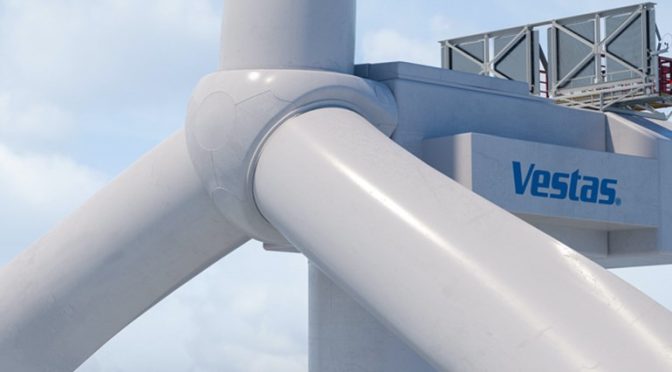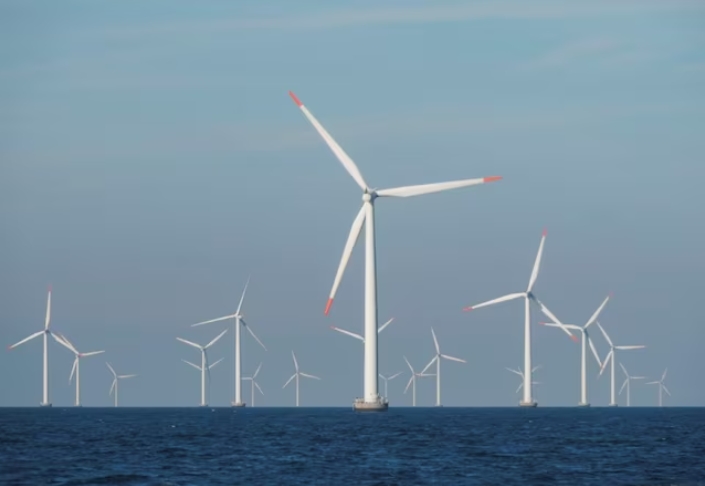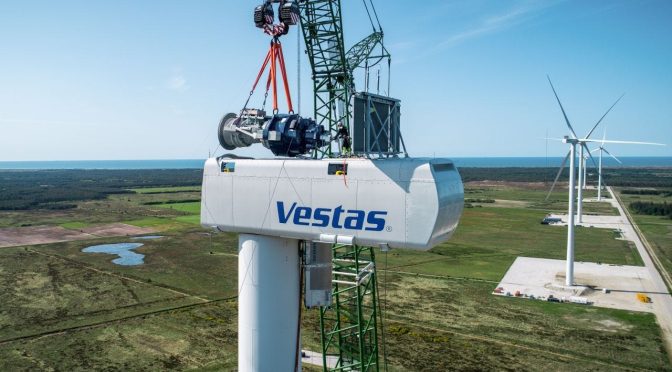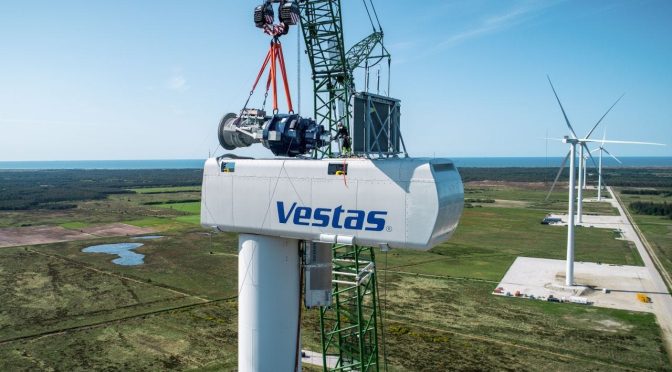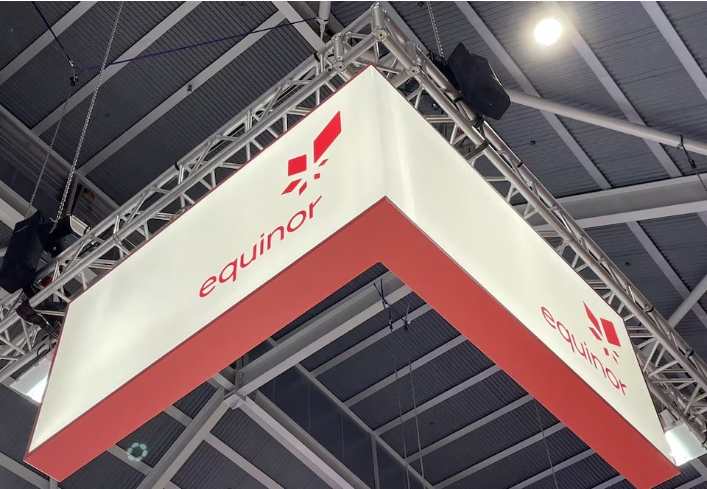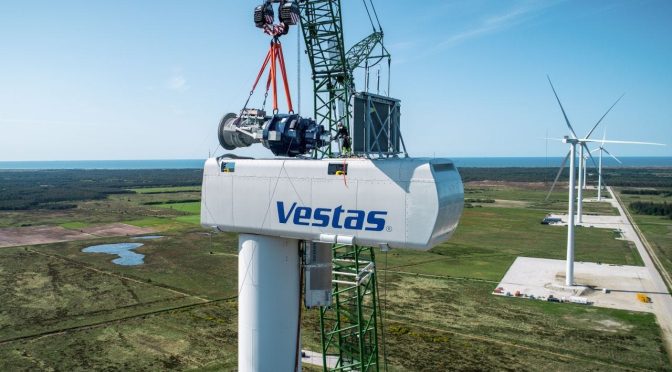A new graphene hybrid material brings the potential for supercapacitors to challenge use of batteries in the energy sector.
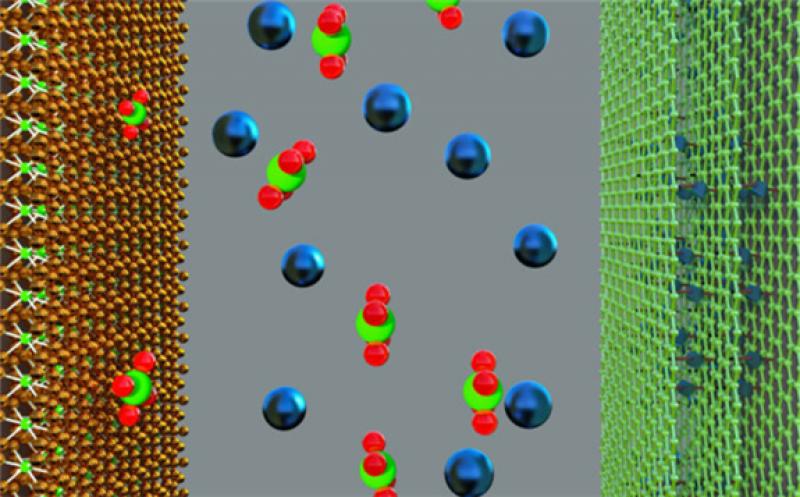 Graphene hybrids (r.) made from metal organic frameworks (MOF) and graphenic acid offer potential as positive electrode for supercapacitors. Image: Dr Jayaramulu Kolleboyina/IITJ
Graphene hybrids (r.) made from metal organic frameworks (MOF) and graphenic acid offer potential as positive electrode for supercapacitors. Image: Dr Jayaramulu Kolleboyina/IITJ
The novel hybrid material, which was developed by an international team of chemists led from the Technical University Munich (TUM), is comprised of chemically modified graphene combined with a nano-structured metal organic framework (MOF).
For high efficiency two factors are key, the specific surface area of the material and the electrical conductivity.
The hybrid material, which serves as the positive electrode in the supercapacitor, meets both these. The combination of the microporous MOFs with the conductive graphene acid provides the high performance capabilities, while the material design results in the hybrid MOFs having a very large inner surface of up to 900m2/g.
Hybrid materials offer the potential to overcome the performance limits of standard materials, says Roland Fischer, Professor of Inorganic and Metal-Organic Chemistry at TUM, who led the research.
“Nature is full of highly complex, evolutionarily optimised hybrid materials – bones and teeth are examples. Their mechanical properties, such as hardness and elasticity were optimised through the combination of various materials by nature.”
Supercapacitors, with their rapid charge and discharge capabilities, have long been thought to overcome limitations such as slow charging of lithium-ion batteries. However, they have been limited by their energy density or capacity of about a tenth of the Li-ion counterparts.
Nevertheless, they have found growing application in electronic devices and in vehicles, particularly in China for powering buses and by various manufacturers for stop-start and regenerative braking applications.
With the launch of the EU’s Graphene Flagship aimed to take graphene from the lab to society, the potential for graphene to enhance the performance of supercapacitors has been a key focus.
Graphene is a two-dimensional single atom layer thick carbon material, which is flexible but strong and has good conduction properties.
The TUM’s energy storage device achieves an energy density of up to 73Wh/kg, which is roughly equivalent to the energy density of lead-acid and nickel metal hydride batteries.
The TUM team also claim that the new material comprised of strong chemical bonds between the components, similar to those between amino acids in proteins, provides improved long term stability with more charge and discharge cycles without significant performance impairment.
The new TUM cell retains close to 90% capacity even after 10,000 cycles, whereas a classic lithium accumulator has a useful life of around 5,000 cycles.
Applications where the new graphene hybrid material have promise include energy storage and solar cells among others, the researchers say in their report.
